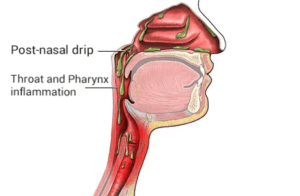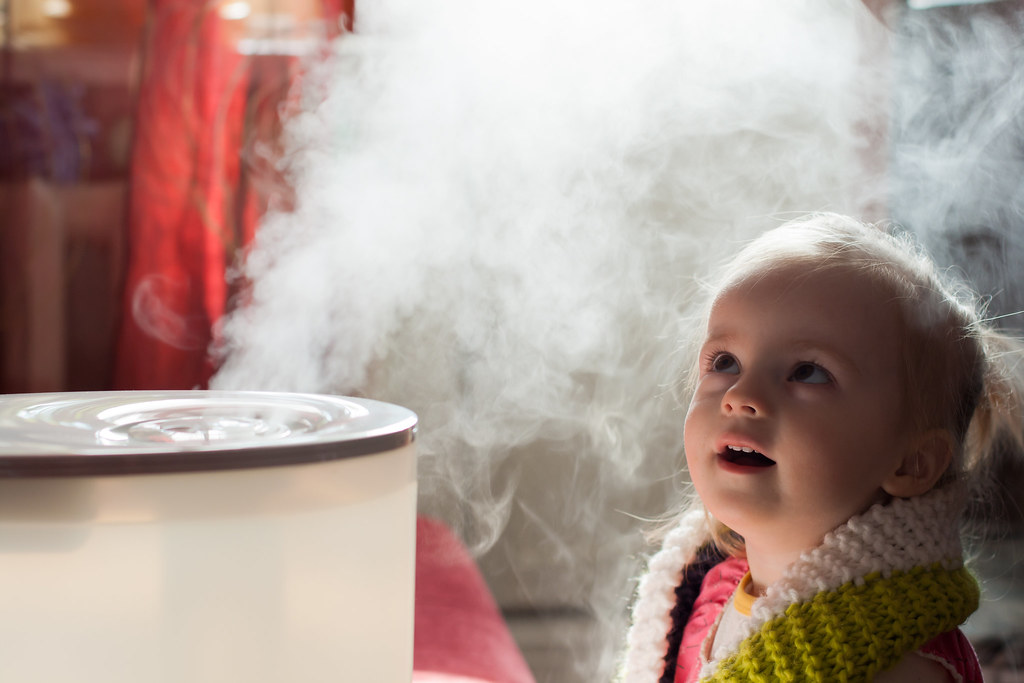What is post-nasal drip?
 Post-nasal drip is precisely how it sounds – mucous from the nose drips backward down the throat, causing irritation and sometimes a cough. It typically feels like a tickle at the back of the throat and is not quite the same as a runny nose.
Post-nasal drip is precisely how it sounds – mucous from the nose drips backward down the throat, causing irritation and sometimes a cough. It typically feels like a tickle at the back of the throat and is not quite the same as a runny nose.
Causes of Post-Nasal Drip
- Allergies
- Common cold
- Sinus infections
- Cold temperatures
- Spicy foods
- Something stuck in the nose
- Dry air
- Irritants such as chemicals or dust
- Cigarette smoke
- Pollution
- Nasal sprays
- Certain medications
- Hormonal changes
- Pregnancy
At-Home Treatments
Many ways to treat post-nasal drip can be done at home. Generally, post-nasal drip will go away on its own. Use the following tips to decrease the length of symptoms and comfort yourself or your child.
- Humidifier
- Air filter
- Diffuse eucalyptus oil
- Hot shower
- Keep hydrated with plenty of water
- Sleep propped up
- Dust and vacuum often
- Clean pillowcases frequently
- Irrigate the nasal passage (NoseFrida)
- Oral decongestant
- Nasal decongestant
- Flonase (ages four and older)
- Little Remedies Decongestant (ages two and older)
- Guaifenesin (ages four and older)
- Antihistamine
Antibiotics are not a good treatment for many of the causes of post-nasal drip, as viruses cause most sinus infections. Most sinus infections will go away on their own without antibiotics.
Your provider may prescribe steroids for some infections.
When to Contact Your Pediatric Healthcare Provider
- Cold symptoms last over ten days
- Persistent fever
- Swelling or redness around the eyes throughout the day.
- Severe headache or pain in the back of the neck
- Sensitivity to light
- Persistent vomiting
As a general rule,
-
newborns (under one month) should be taken to the ER for a temp over 100.7° F
-
older kids should be taken for a temp over 103.5° F (check first to see if they are responsive to fever reducers like Tylenol or Motrin)
For questions or comments, please respond to this post or contact us!




